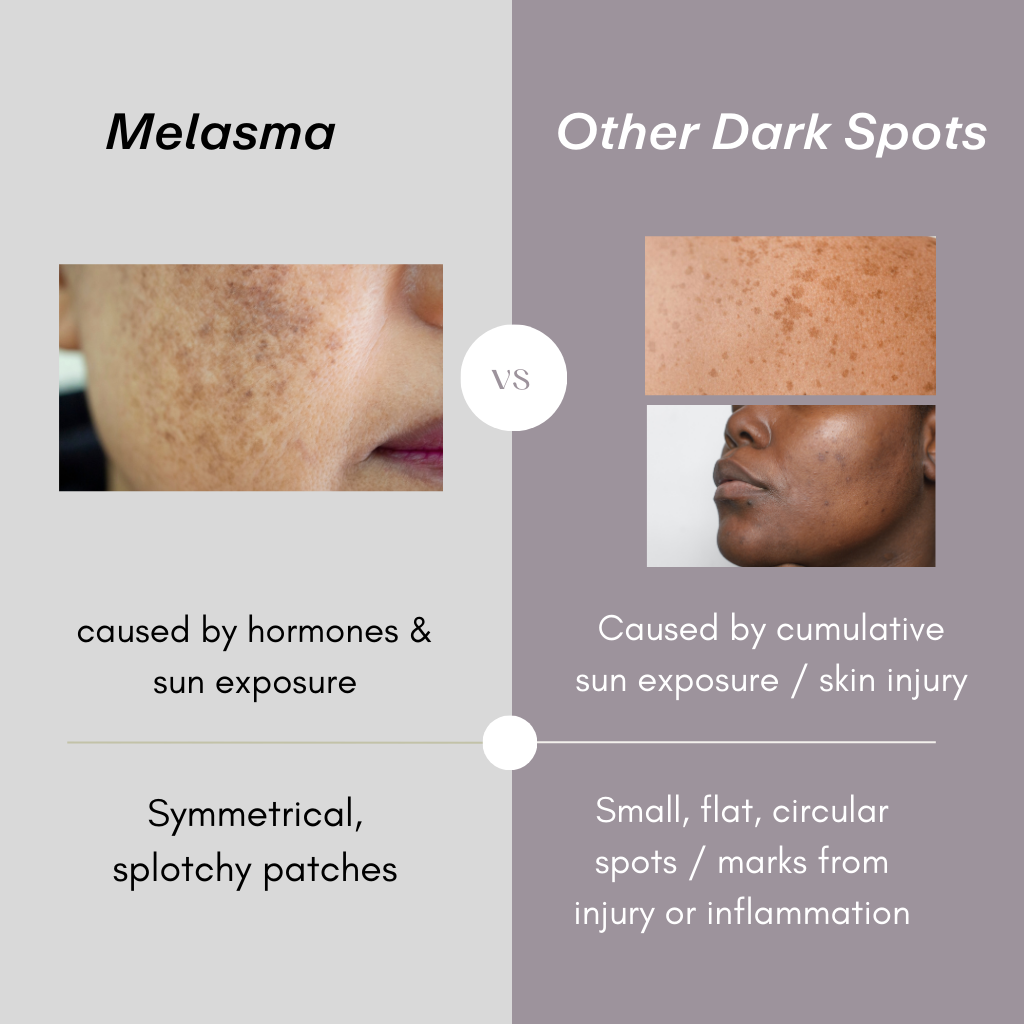
Unmasking Melasma: What You Need to Know About the “Mask of Pregnancy”
Have you ever noticed splotchy, dark patches appearing on your face? You’re not alone. This type of hyperpigmentation is often melasma, a common skin condition sometimes called “the mask of pregnancy” due to its link to hormonal changes.
The Emotional Impact
While it’s a benign condition, melasma can cause significant emotional distress and impact a person’s quality of life. A study on melasma patients found that they experienced statistically significantly higher anxiety compared to a healthy control group.
The study also highlighted that a more severe case of melasma was correlated with higher depression and lower self-esteem.
Patients often feel frustrated and embarrassed, which can lead them to avoid social activities. This shows that a therapeutic approach for melasma should address not only the physical symptoms but also the psychological aspects of the condition.
What Exactly is Melasma?
Melasma is a skin condition that causes brown, blue-gray, or freckle-like spots. These splotchy, symmetrical patches most commonly appear on sun-exposed areas of the face like the forehead, cheeks, nose, and upper lip, but can also show up on the forearms and neck.
Why Won’t My Melasma go Away?
Melasma is a complex condition triggered by a combination of internal and external factors.
Hormones: Fluctuating female hormones, specifically estrogen and progesterone, are a primary internal cause. These hormones stimulate melanocytes (pigment-producing cells) to overproduce melanin.
This is why about 90% of people with melasma are women. Common hormonal triggers include pregnancy, oral contraceptives, and hormone replacement therapy.
Sun Exposure: Sun exposure is the “principal trigger” that can make melasma develop or worsen existing patches.
If you suspect you have melasma, consult a dermatologist for personalized guidance!
